Treasury I Bond Rates Drop From 4.28% To 3.11% — But With A 1.2% Fixed Rate Locked For 30 Years, Is It Still A Smart Investment? – Financial Freedom Countdown
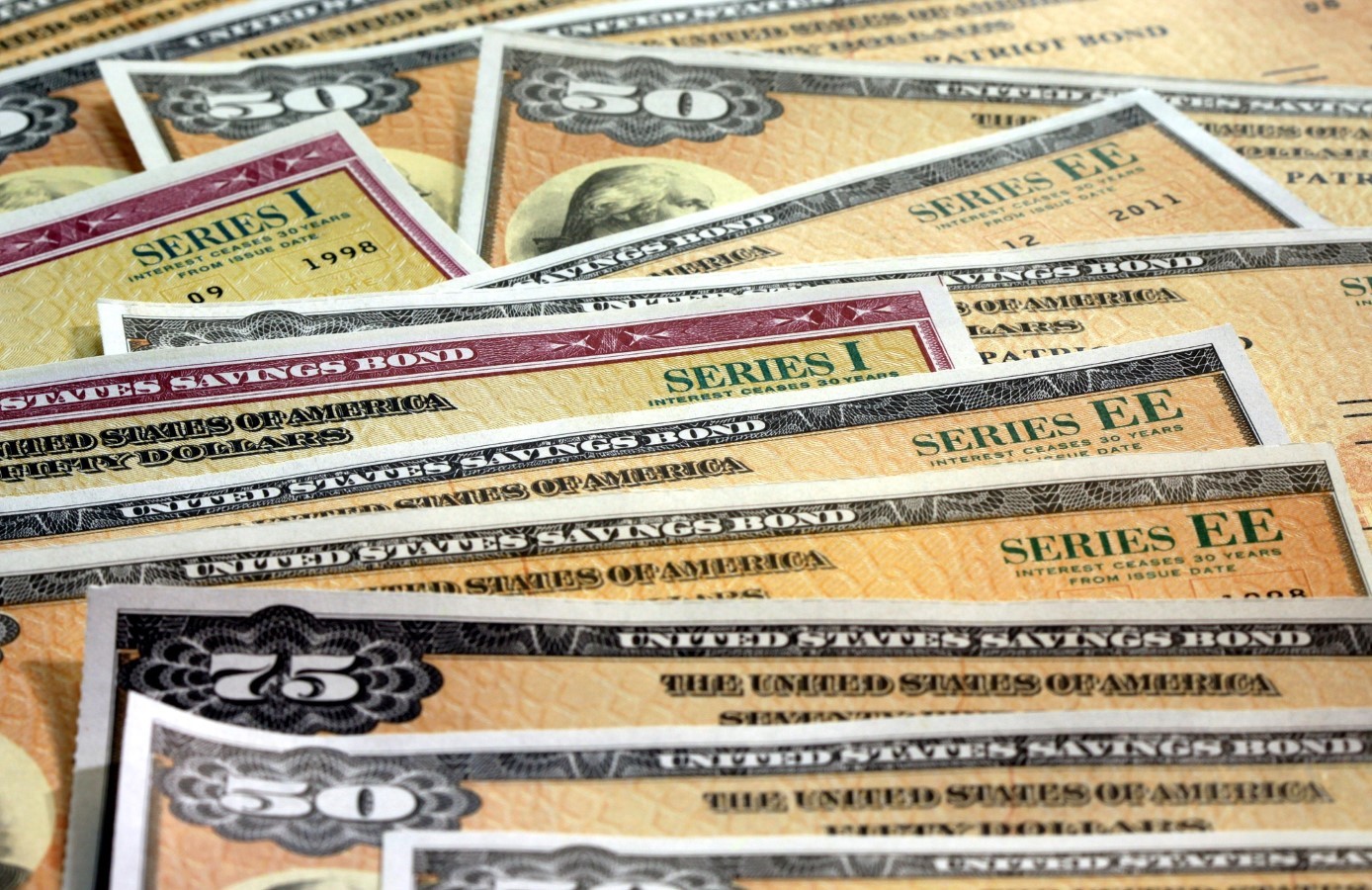
Inflation has become a significant concern. During the past three years of surging inflation, I bonds offered a safe and attractive investment option. However, with recent lower CPI numbers, the current composite rate for I bonds has dropped to 3.11%, a sharp decline from the enticing 9.62% annual rate available in May 2022 or even the 4.28% available for bonds purchased before October 31st. As rates decrease, investors are now considering whether it’s still worth buying Series I bonds.
What Is An I Bond And Why Invest In Them?

I Bonds, or Series I Bonds, are non-marketable savings bonds issued by the U.S. Department of Treasury primarily for individuals to purchase and invest in. I Bonds earn a fixed interest rate for 30 years while having an inflation component that varies with inflation expectations each May and November.
I bonds are safe investments issued by the U.S. Treasury to protect your money from losing value due to inflation.
How I Bonds Work?

I Bonds work as variable interest rate Certificates of Deposit (CD) with a maturity of more than a year issued by the U.S. Treasury. I Bonds are sold at face value. For example, if someone were to purchase a $100 I Bond, they would pay only $100 and receive the stated interest rate over the next 30 years. Interest rates on I bonds are adjusted regularly to keep pace with rising prices.
How Much Will I Earn If I Invest In I Bonds?

You earn money from two interest rates when you buy an I bond
1. A fixed-rate that will never change for as long as you hold the bond.
2. A separate inflation rate that varies every six months.
The fixed and inflation rates are added to give you the composite rate.
The current fixed rate for I bonds issued from 1st November 2024 to 30th April 2025 is 1.2%, which will remain constant over the life of the I bond. The fixed rate for bonds purchased before October 31st, 2024 was slightly higher at 1.3%
The 1.3% fixed rate was a 17-year high and the last time it was this high was May 2007.
Treasury Direct has a chart showing the composite rates for all Series I savings bonds issued.
Why Invest In I Bonds

No risk
I Bonds have relatively low default risk, and I Bonds are also backed by the U.S. government, which is considered highly unlikely to default on I Bondholders.
Smaller lots
I Bonds can be bought with an initial investment of as little as $25. I Bonds come in various denominations up to $10,000.
Flexible redemption
You don’t have to redeem the whole amount. It’s okay to cash out a portion of the total purchase. For example, you can redeem $5,000 while the remaining amount continues to earn interest.
Liquid
I Bonds are low-risk, liquid savings vehicles you can redeem anytime after one year. If redeemed before five years, you lose the last three months’ interest, but they are much more flexible than bank certificates of deposit (CD).
Inflation protection
I Bonds give investors a return plus inflation protection on their purchasing power. I Bonds are known for offering interest rates that provide higher returns than many other safe investments, such as bank savings accounts.
Tax advantage
While we should not let the tax strategies wag the returns dog, it is excellent to know that I Bonds are not subject to state or local taxes. You pay federal taxes; although you can defer federal income taxes until you redeem them. You pay zero taxes until they are sold.
Compounding
The interest portion of your I Bond balance is compounded semiannually and rolled into the principal balance, meaning you earn interest on the interest already earned.
Accessible
Anyone who has an SSN can buy I Bonds. Unlike real estate syndication or other investments, restricted based on accredited investor qualifications, I Bonds has no such restrictions.
How To Buy I Bonds?

You can buy I Bonds by opening an account with Treasury Direct.
After logging in to your Treasury Direct account, go to the Buy Direct tab at the top of the page, then choose the Bonds ‘Series I’ option.
At the Treasury Direct website, you may purchase I bonds electronically up to a maximum of $10,000 per year per SSN.
You can no longer buy an additional $5,000 in the paper I Bonds if you have a tax refund due when you file your federal income tax return. Some individuals would make extra estimated tax payments during the year so they can claim a refund when filing taxes and get an additional allocation of $5,000 I Bonds.
Starting 1st January 2025, you will no longer be able to buy I Bonds with your tax refund.
You can establish a second Treasury Direct account for your firm with a different business name and EIN. It enables you to buy another $10,000 in I Bonds each calendar year using the same EIN.
You can purchase another $10,000 per year under the trust’s name if you have one. Residents of states like California usually create a revocable living trust to avoid probate. Your revocable living trust qualifies you to buy another $10,000 in I bonds.
If you do not already have a Trust consider creating one.
When Do I Bonds Mature?

Series I Savings Bonds mature – meaning they stop earning interest – at 30 years. They carry a 20-year original maturity period immediately followed by a 10-year extended maturity period. After the first 20 years, I Bonds continue to earn interest for an additional 10 years unless cashed before that time.
When Can I Cash In I Bonds?

I bonds can’t be cashed for a year after purchase. If a bond is redeemed anytime after one year and before 5 years, the prior three months of interest are lost (penalty).
After 5 years you can cash the bonds without any interest penalty.
How to Cash in I Bonds?

The TreasuryDirect website allows you to exchange your electronic I bonds for cash. You can encash your paper bonds at any bank.
I bonds do not have a secondary market; you must redeem them only through the government.
How Are I Bonds Taxed?

The interest on I bonds is not subject to state or local income taxes. Only estate or inheritance taxes might be applicable. However, it is unlikely for you to have I bonds as part of your building generational wealth plan.
I bonds are subject to federal income taxes except when used to pay for qualified higher education expenses.
Owners can choose to pay federal taxes on the interest earned each year, at maturity, or when the Bond is redeemed. By default, taxes on I Bond interest earned are due only when you redeem them.
Differences between EE Bond and I Bond

Treasury Direct has a page comparing Series EE and Series I Savings Bonds
The major differences are
1) Unlike I Bonds, the interest rate of EE bonds is fixed and not indexed to inflation.
2) EE Bonds double in value after 20 years. Although this might seem like a great deal, it is not. Because if you encash your EE bonds before 20 years, you do not get the doubling in value. You only receive the fixed rate of interest, which is currently 0.1%
Imagine an asset with such a harsh lock-in when you could make more by investing in stocks. Or real estate investing.
Differences between TIPS and I Bond

A more complicated investment is the Treasury Inflation-Protected Securities (TIPS) program. Every month of the year, the Department of Treasury auctions TIPS, either new issues or reopenings. Investors can join in these auctions by putting noncompetitive bids (at $100) at TreasuryDirect, with no costs or commissions to pay.
Treasury Direct has a page comparing TIPS and Series I Savings Bonds
The Treasury establishes the coupon rate, which determines the interest paid twice yearly on the TIPS’ principal balance after the beginning auction. However, investors at the auction pay a premium above or below par value, resulting in an actual yield to maturity for the TIPS.
TIPS are complicated because once they are auctioned, they can also be traded on a secondary market. The market value of a TIPS shifts continuously, which implies the actual yield for new investors is also fluctuating.
You can also buy TIPS on the secondary market via brokerage firms. Many brokerage firms charge commissions when purchasing TIPS. You may also invest in TIPS via ETFs such as the TIP (iShares), SCHP(Schwab), or VTIP (Vanguard).
Are I Bonds Good for Retirees?

I Bonds earn interest monthly. However the interest and principal are paid when you redeem the bond.
Individuals looking for investments that pay monthly income would need to divide the total allowable I bond annual purchase limit into monthly amounts. And build a ladder of I Bonds by purchasing them monthly so that they receive monthly redemption.
Are I Bonds A Good Investment?

It is best to consult a licensed profession to determine investments based on your need and risk profile.
I Bonds won’t help you get rich. But after you are rich, it can be a part of your asset allocation if you want to keep pace with inflation risk-free.
To become rich, investment professionals typically advise investing in income-producing assets such as stocks or real estate
Should You Buy I Bonds Now

It is best to consult a licensed profession to determine investments based on your need and risk profile.
The composite rate of 3.11% is lower than current rate of other safe investments such as Certificates of Deposits (CDs) at a bank, Treasury Bills and Money Market Funds.
However, the 1.2% fixed rate of the I Bond offered currently could make it a good choice for long-term investments since you will receive 1.3% above inflation for 30 years.
The U.S. Series I Bonds purchased before April 30, 2025 lock in a 3.11% annualized rate for six months, along with a fixed 1.2% rate that lasts for the full 30 years of the bond. The rate is set to reset on May 1, 2025, with both the 1.2% fixed rate and the 1.91% variable rate expected to drop.
Also, the government has an annual purchase limit. If you want an extensive bond portfolio, holding on to your existing I bonds might make sense as you purchase more yearly.
Should You Sell Your Older I Bonds

Consider the following factors
1. Age of Bonds: Have your I bonds matured for at least a year? You cannot redeem I bonds until they have been held for this minimum period.
2. Tax Implications: Are you prepared to manage the federal income tax on the earnings? While exempt from state and local taxes, federal income taxes are due on the interest unless used for eligible higher education expenses, which may allow for a tax exclusion. Detailed eligibility for this exclusion can be checked through IRS Form 8815 at irs.gov.
3. Investment Goals: Do you aim to increase your holdings of I bonds? Remember, the annual purchase limit per individual is $10,000. If you redeem old I bonds worth $10,000, you can still buy new ones up to this limit, plus an additional $5,000 in paper I bonds using a federal tax refund. But if you want to build an I Bond ladder then retaining older bonds and continuing to add to them might not be a bad idea.
4. Penalty for Early Redemption: Are the I bonds less than five years old? Redeeming them before five years results in a loss of the last three months of interest. Post five years, there are no penalties for cashing out.
Like Financial Freedom Countdown content? Be sure to follow us!
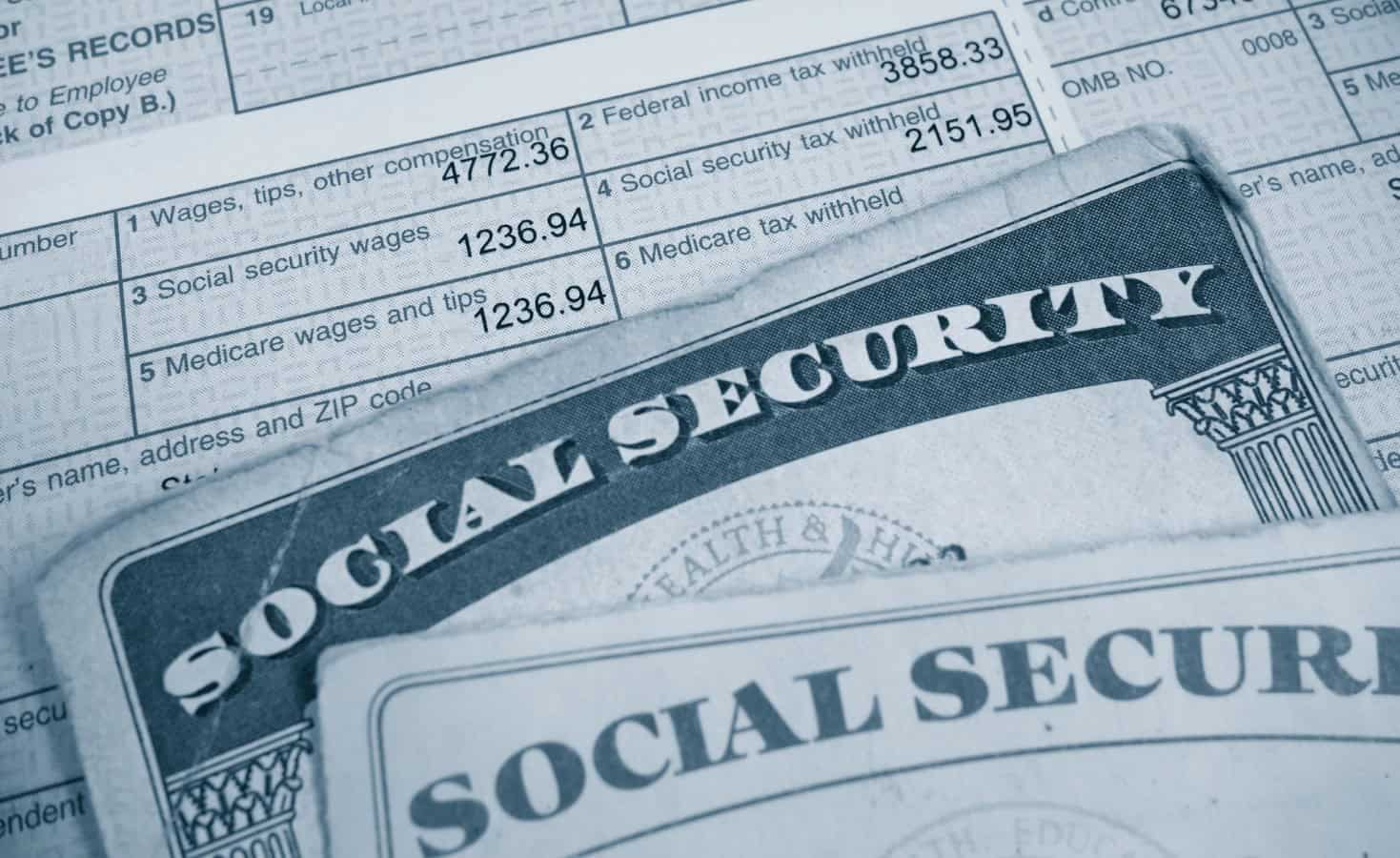
While singles may have fewer Social Security filing options than married couples, smart planning around when to claim benefits can pay off for anyone, including those flying solo.
Maximize Your Benefits: Essential Social Security Strategies for Singles
Discover 15 Smart Investments That Provide Monthly Passive Income
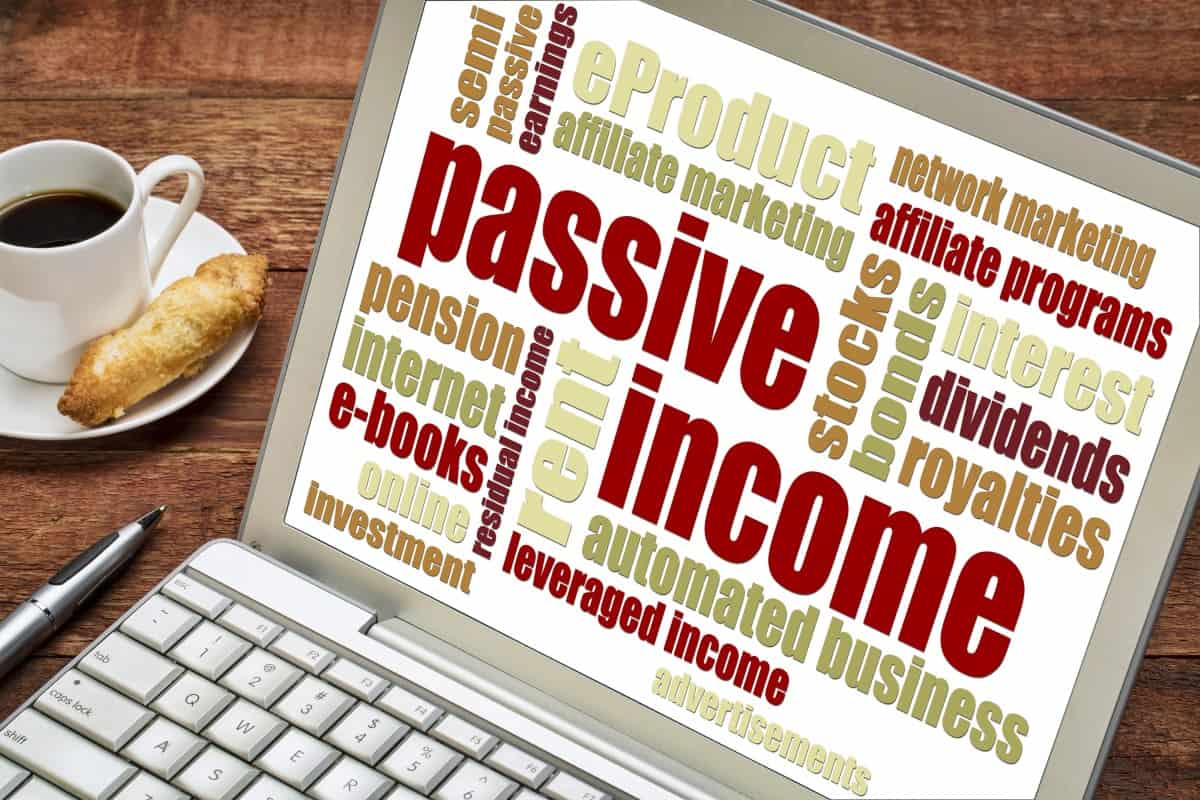
Are you dreaming of a steady passive income every month from your investments? It’s not just a fantasy for the wealthy—it’s attainable for anyone ready to explore their options. Whether you’re just starting out or seeking to diversify, learn how to establish a reliable monthly income stream from familiar choices to hidden opportunities.
Discover 15 Smart Investments That Provide Monthly Passive Income
Planning to Retire? Check Out The Most Affordable States – Surprisingly, Florida Isn’t One of Them

As Americans approach retirement, their anxiety about the future intensifies. Economic challenges, rising healthcare costs, and high living expenses are creating a cloud of uncertainty over the choice of retirement destinations. A recent study, however, reveals the Mountain State region as a prime spot for those seeking affordable retirement options.
Planning to Retire? Check Out The Most Affordable States – Surprisingly, Florida Isn’t One of Them
The 10 States Taxing Social Security in 2024 and the 2 That Just Stopped
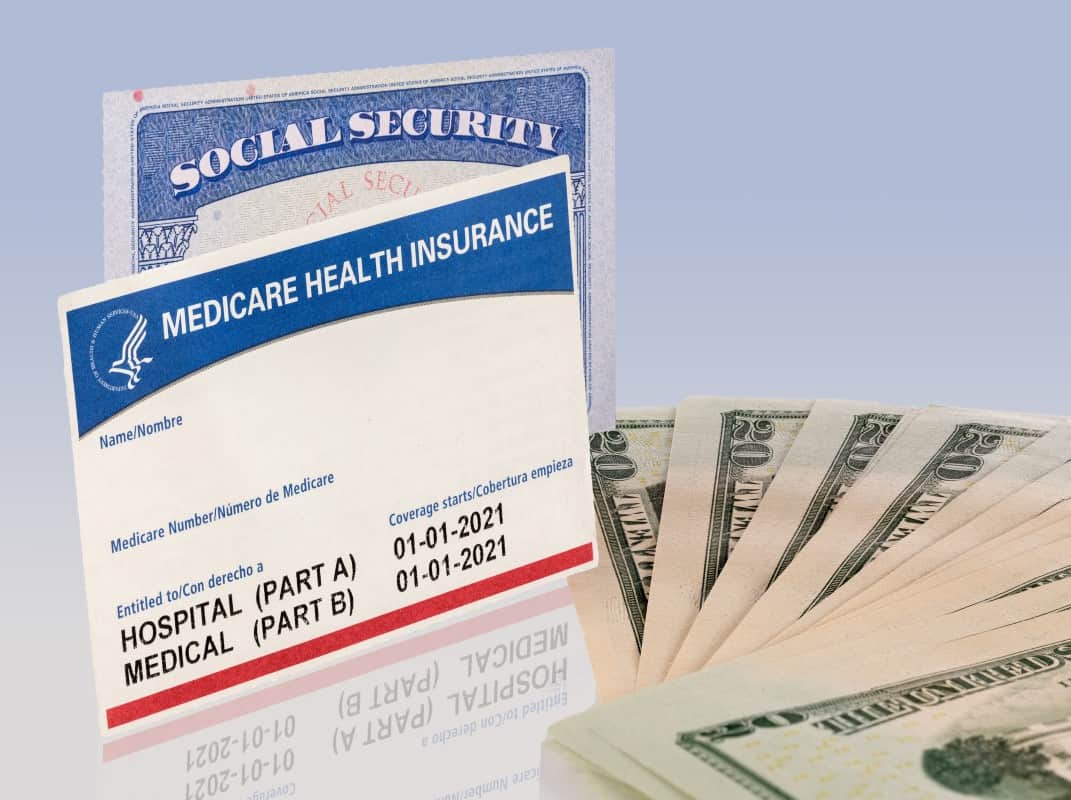
As 2023 tax filing season draws to a close, retirees across the nation are adjusting their financial plans for 2024, but a crucial detail could drastically alter the landscape of retirement living: the taxing of Social Security benefits. While many bask in the belief that their golden years will be tax-friendly, residents in specific states are facing a reality check as their Social Security benefits come under the taxman’s purview. Conversely, a wave of relief is set to wash over two states, marking an end to their era of taxing these benefits. This shift paints a complex portrait of retirement planning across the U.S., underscoring the importance of staying informed of the ever changing tax laws. Are you residing in one of these states? It’s time to uncover the impact of these tax changes on your retirement strategy and possibly reconsider your locale choice for those serene post-work years. Here are the 9 states taxing social security benefits.
The States Taxing Social Security in 2024 and the 2 That Just Stopped
Shift From Employee to Investor Mindset with the Cashflow Quadrant Methodology by Robert Kiyosaki
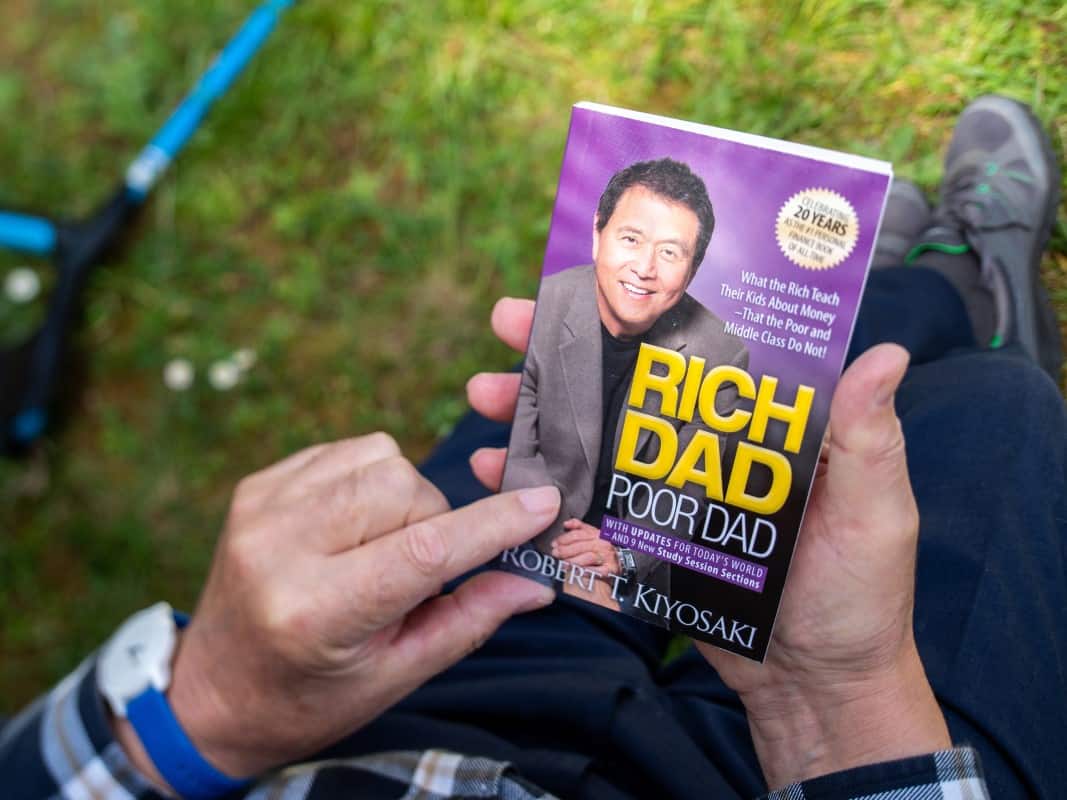
Countless systems have been established that provide a much better understanding of what income generation is, how it can be used, and how individuals can organize their financial life as they work towards financial freedom. One of the more successful and better-known examples of financial education is the Cashflow Quadrant, the book by Robert Kiyosaki. Rich Dad’s Cashflow Quadrant was revolutionary for the way it organized money and helped people better learn how to increase their income. As the name implies, there are four quadrants within the Cashflow Quadrant. By mastering each of the four categories – or specializing in one – a person can increase their revenue stream and ultimately make more money.
Shift From Employee to Investor Mindset with the Cashflow Quadrant Methodology by Robert Kiyosaki
Retire Abroad and Still Collect Social Security? Avoid These 9 Countries Where It’s Not Possible

Dreaming of retiring to a sun-drenched beach or a quaint village? Many Americans envision spending their golden years abroad, savoring the delights of new cultures and landscapes. However, an essential part of this dream hinges on the financial stability provided by Social Security benefits. Before packing your bags and bidding farewell, it’s crucial to know that not all countries play by the same rules when it comes to collecting these benefits overseas. Here are the nine countries where your dream of retiring abroad could hit a snag, as Social Security benefits don’t cross every border. Avoid living in these countries so your retirement plans don’t get lost in translation.
Retire Abroad and Still Collect Social Security? Avoid These 9 Countries Where It’s Not Possible

Did you find this article helpful? We’d love to hear your thoughts! Leave a comment with the box on the left-hand side of the screen and share your thoughts.
Also, do you want to stay up-to-date on our latest content?
1. Follow us by clicking the [+ Follow] button above,
2. Give the article a Thumbs Up on the top-left side of the screen.
3. And lastly, if you think this information would benefit your friends and family, don’t hesitate to share it with them!

John Dealbreuin came from a third world country to the US with only $1,000 not knowing anyone; guided by an immigrant dream. In 12 years, he achieved his retirement number.
He started Financial Freedom Countdown to help everyone think differently about their financial challenges and live their best lives. John resides in the San Francisco Bay Area enjoying nature trails and weight training.
Here are his recommended tools
Personal Capital: This is a free tool John uses to track his net worth on a regular basis and as a retirement planner. It also alerts him wrt hidden fees and has a budget tracker included.
Platforms like Yieldstreet provide investment options in art, legal, real estate, structured notes, venture capital, etc. They also have fixed-income portfolios spread across multiple asset classes with a single investment with low minimums of $10,000.




